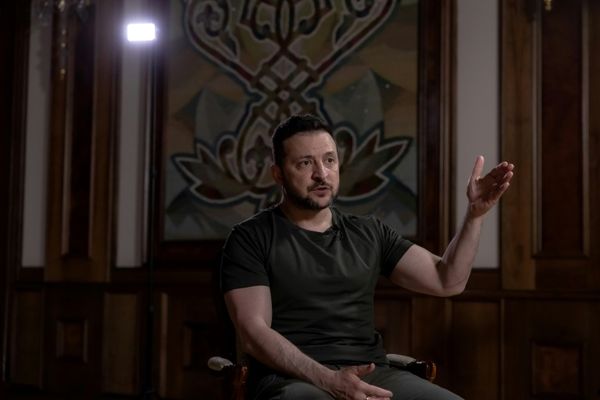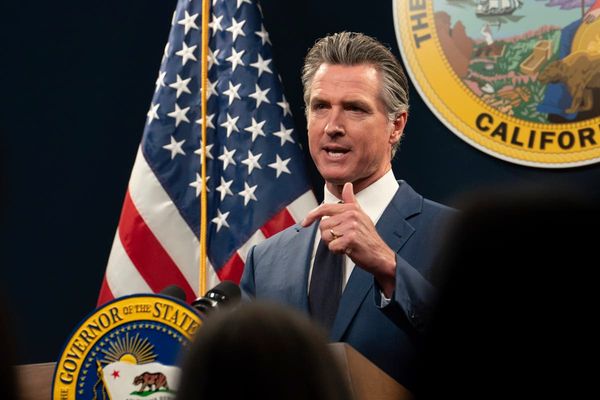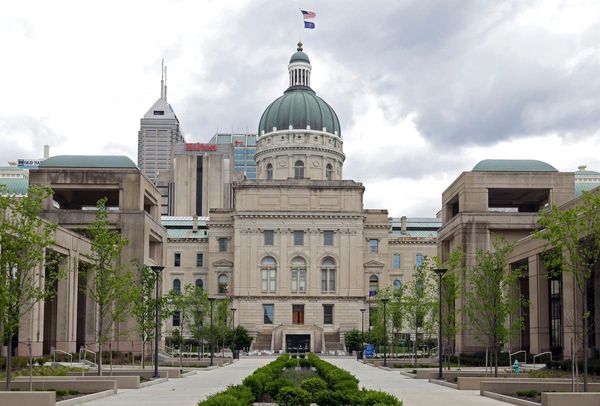











The importance of Nobbys/Whibayganba to Newcastle's history and culture is portrayed in a new film that captures the iconic landmark's past and present glory.
The film, titled Whibayganba: The Story of Nobbys Headland, is the latest release in the Stories of Our Town series.
Director Glenn Dormand said the film sought to capture as much of the landmark's history "over the last 255 million years or so".
"I feel like it's a love letter to Nobbys from Newcastle," said Mr Dormand, also known as Chit Chat Von Loopin Stab.
"Nobbys is our Opera House, our Harbour Bridge."
Archivist Gionni Di Gravio said the "huge colonial project" to engineer the breakwater and reshape the harbour at Nobbys "would have been the equivalent of building the Sydney Harbour Bridge".
The film features Aboriginal scholars, historians, geologists, surveyors, ship captains, archivists, surfers and a harbour master.
It also contains home movies from Penny Cecil, a former resident at Nobbys signal station cottage. Her dad Brian worked there as a signalman from 1968.
"I grew up with those old sea captains and their legends ... the tunnels that potentially link Nobbys to the East End and Fort Scratchley," Ms Cecil said in the film.
Nobbys is the 21st film that Mr Dormand and his filmmaking partner Tony Whittaker have made in their series on Newcastle and the Hunter.
The film portrays the evolution of Nobbys from a "small clump of an island" to its modern appearance and existence within a working port.
Historic photos and paintings take the audience back in time, giving a glimpse of Aboriginal life and colonial times.
The film explores the landform's "placement on the sea" that enables people to "see the layers of time", with archival and modern images, animation, drone footage and newspaper clippings.
Greg Ray, of Rediscovered Newcastle, said Nobbys was "instantly recognisable to anyone who's been in or knows Newcastle".
"You get different buildings and your penis towers that come and go, but nothing approaches Nobbys," said Mr Ray, a former Herald journalist.
Mr Ray said Nobbys was a "fantastic symbol of departure and arrival".
"The comings and goings of ships were incredibly significant.
"Back in the days of sail, there was a saying among bluewater sailors that 'now you're round Nobbys' [meaning you're home and hosed]."
Mr Ray described how Nobbys breakwater acted as a "public promenade".
"It was very much in the European tradition of the corso, where everyone would dress up and go out for a walk in the evening."
The film covers surfing in the harbour at "Nobbys Bank" - a wave that only works in stormy weather, surfer Paul Parkes said.
"It's quite a scary wave, it's very shallow. The bottom is notoriously jagged. There's stories of bits of reo, bits of concrete."
In the film, University of Newcastle Earth Sciences Professor Ron Boyd recounts how Nobbys lost its top.
When sailing ships would go round Nobbys on the north side, after the southern entrance was closed, they'd lose wind in southerlies and drift to Stockton's sandbanks.
This led to numerous shipwrecks.
Mr Boyd said the top was removed to allow the wind to "get to the ships on the north side".
Mr Dormand said the conglomerate on top of Nobbys, which they knocked off, "was once riverbed".
"So the top of Nobbys was originally the bottom of a river."
Mr Dormand hopes the film is taught to youngsters in schools.
"It has all the Indigenous history and it's really fascinating," he said.







